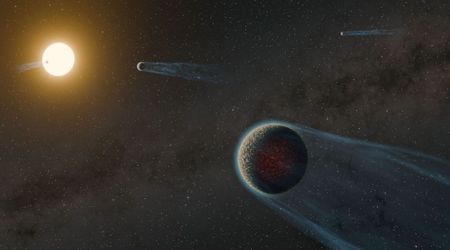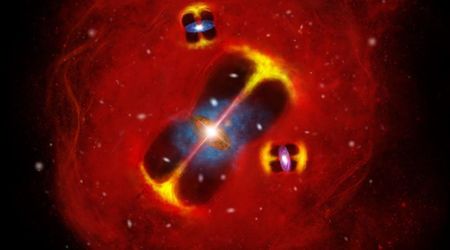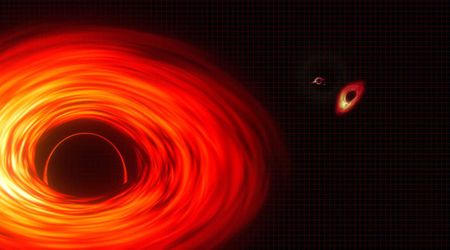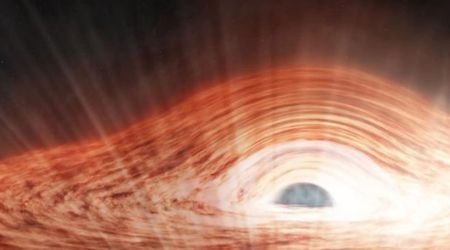M104 Galaxy

The well-known “Sombrero” galaxy M104 in Virgo is probably the best example of an Sa spiral, with tightly- wound spiral arms and a large luminous bulge. M104 is not a member of the Virgo Cluster, and lies at about half the cluster’s distance.
The Sombrero is a fabulous object in any telescope, and it is easy to locate by aiming three degrees south of the 5th-magnitude star Chi Virginis.
The galaxy’s lenticular form and bisecting dust lane are easily visible in small telescopes. Because M104 is inclined six degrees to our line of sight, its dust lane appears to cross just south of the center. A large elliptical core surrounds a star-like nucleus, and depending on the size of your telescope and the sky darkness, the south portion of the core may not be visible at all. The dust lane is narrow and dense, appearing to completely obscure the light from beyond.









